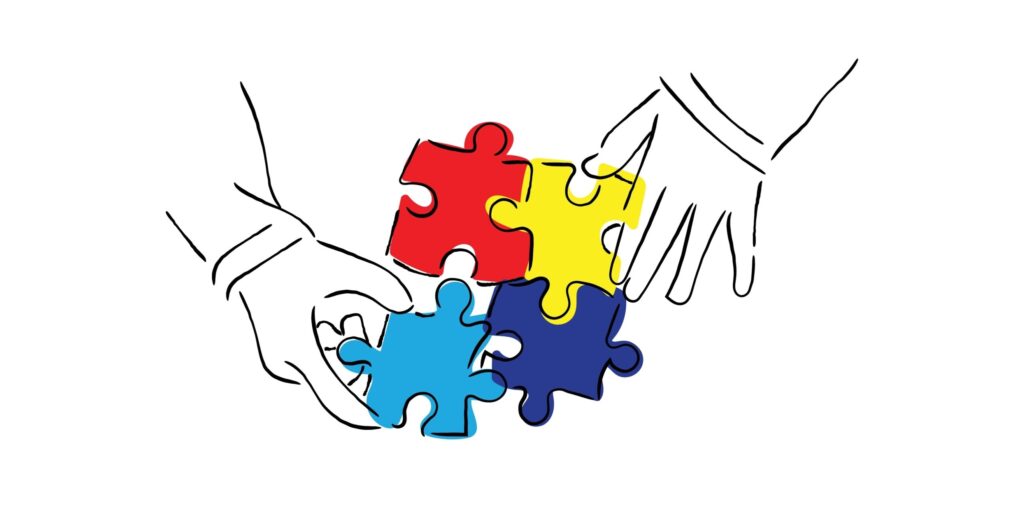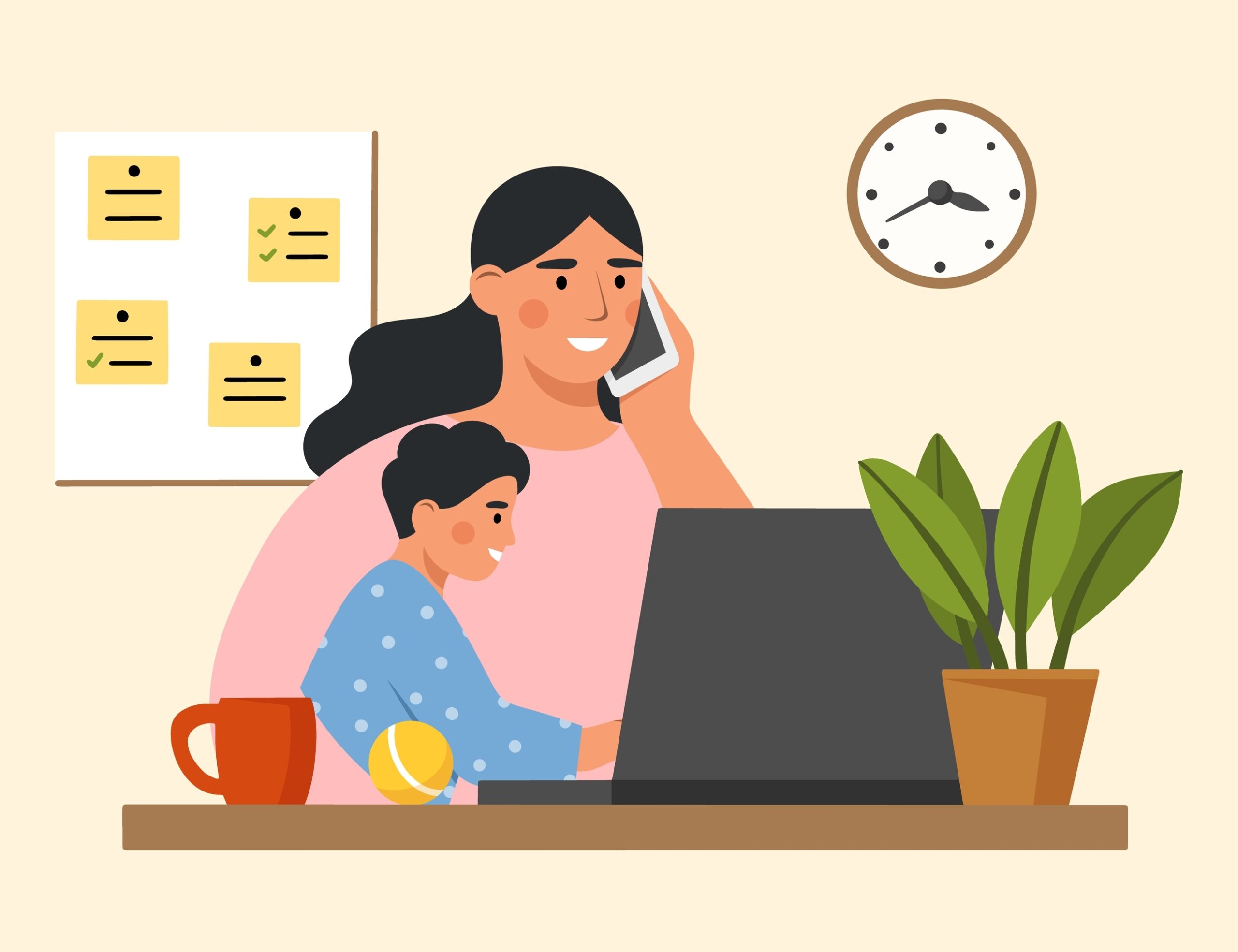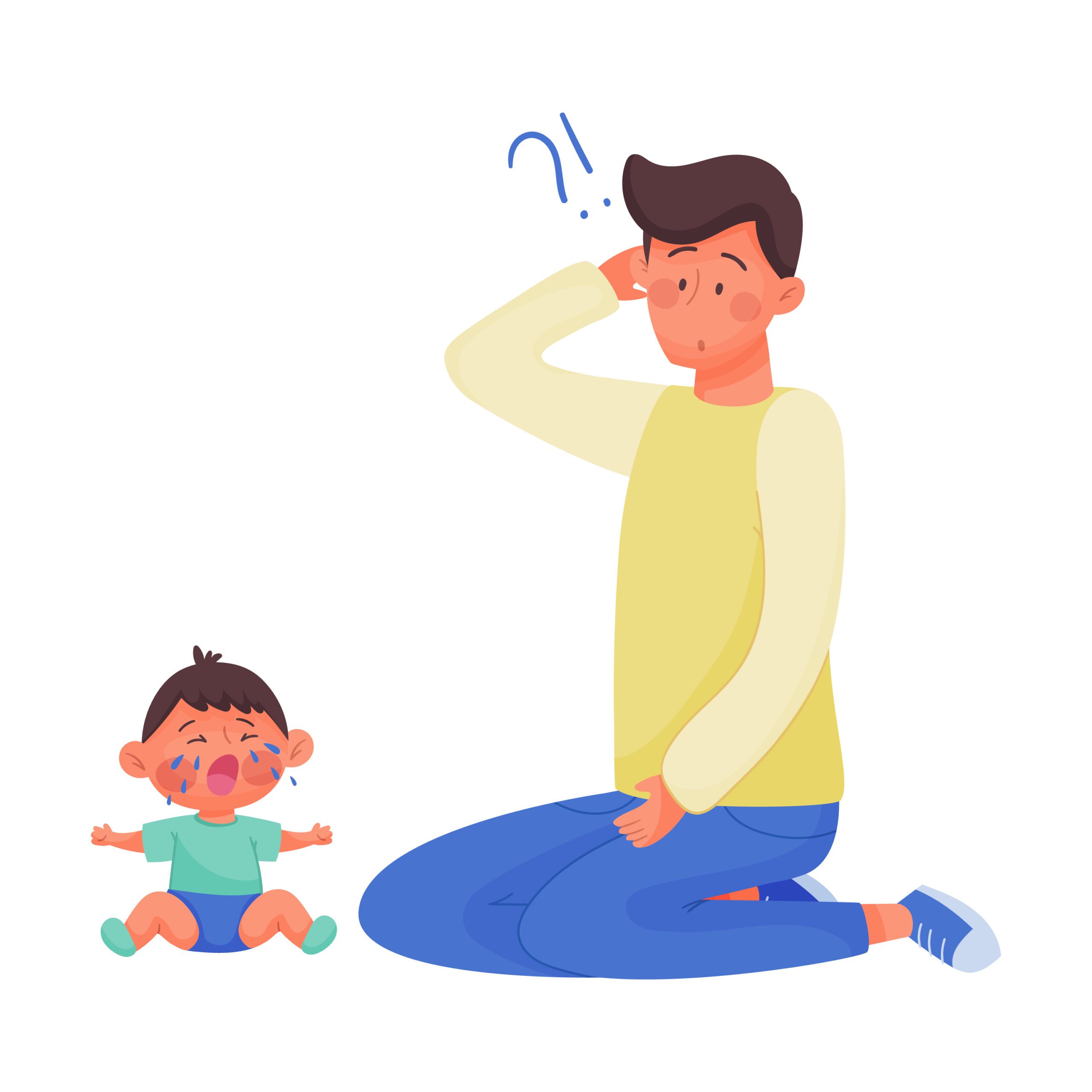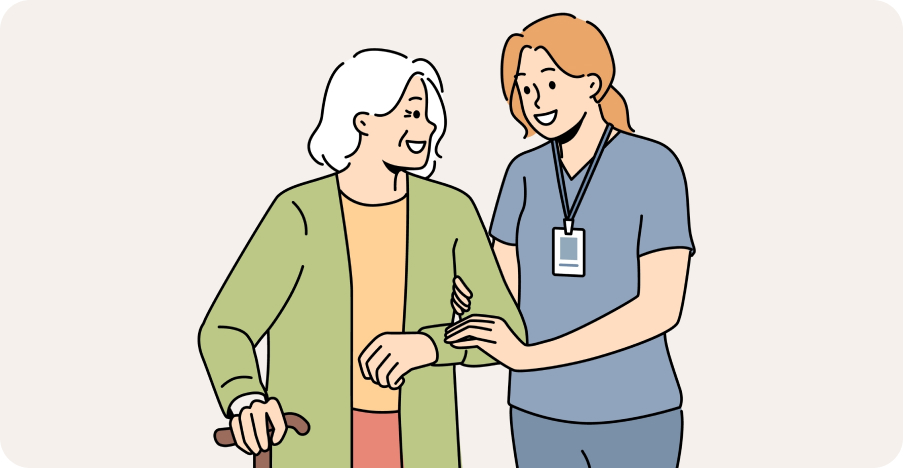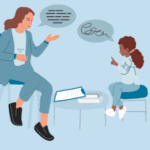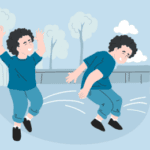
Blog
Building an Inclusive Foundation for Children with Autism
September 30, 2024
Building an Inclusive Foundation for Children with Autism
“It takes a village to raise a child. It takes a child with autism to raise the consciousness of the village,” as Coach Elaine Hall insightfully states. With 1 in 36 children in the U.S. being diagnosed with Autism Spectrum Disorder (ASD), as reported by the CDC, awareness and understanding within the autism community have become increasingly important. The steady rise in ASD diagnoses is partly due to enhanced awareness and improved identification methods, fostering stronger communities committed to supporting autistic individuals. For families and professionals, collaboration is key to appreciating the distinct strengths of these individuals.
A crucial step in fostering inclusive environments begins with the language we use. While many opt for “child with autism,” the autism community often endorses “autistic child,” a term reflecting identity-first language. This approach underscores respect for the individual’s identity and personality. In respecting individual preferences, professionals, friends, and family members are encouraged to inquire about the terminology that feels most comfortable for both the individual and their loved ones.
Early intervention through therapies like speech and occupational interventions can significantly enhance an autistic child’s language development, social skills, and sensory processing. However, the key to effective support lies in a multidisciplinary, family-centered approach, as it has been shown to yield the best outcomes. Family participation in therapy not only helps accelerate the child’s progress but also alleviates familial stress, creating a nurturing and supportive home environment.



